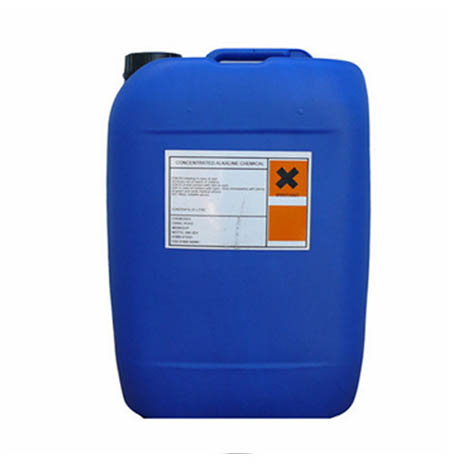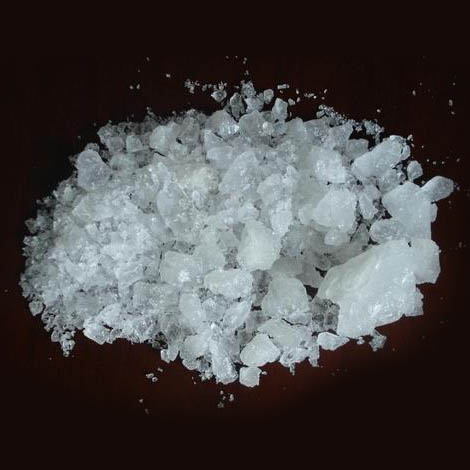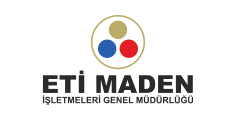<strong>The latest products</strong>
Acetic acid
Acetic acid /əˈsiːtɪk/, systematically named ethanoic acid /ˌɛθəˈnoʊɪk/, is a colourless liquid organic compound with the chemical formula CH3COOH (also written as CH3CO2H, C2H4O2, or HC2H3O2). When undiluted, it is sometimes called glacial acetic acid. Vinegar is no less than 4% acetic acid by volume, making acetic acid the main component of vinegar apart from water. Acetic acid has a distinctive sour taste and pungent smell. In addition to household vinegar, it is mainly produced as a precursor to polyvinyl acetate and cellulose acetate. It is classified as a weak acid since it only partially dissociates in solution, but concentrated acetic acid is corrosive and can attack the skin.
Acetic acid is the second simplest carboxylic acid (after formic acid). It consists of a methyl group attached to a carboxyl group. It is an important chemical reagent and industrial chemical, used primarily in the production of cellulose acetate for photographic film, polyvinyl acetate for wood glue, and synthetic fibres and fabrics. In households, diluted acetic acid is often used in descaling agents. In the food industry, acetic acid is controlled by the food additive code E260 as an acidity regulator and as a condiment. In biochemistry, the acetyl group, derived from acetic acid, is fundamental to all forms of life. When bound to coenzyme A, it is central to the metabolism of carbohydrates and fats.
The global demand for acetic acid is about 6.5 million metric tons per year (Mt/a), of which approximately 1.5 Mt/a is met by recycling; the remainder is manufactured from methanol. Vinegar is mostly dilute acetic acid, often produced by fermentation and subsequent oxidation of ethanol.
Acetone 160 kg
History
Acetone was first produced by Andreas Libavius in 1606 by distillation of Lead(II) acetate.
In 1832, French chemist Jean-Baptiste Dumas and German chemist Justus von Liebig determined the empirical formula for acetone. In 1833, the French chemist Antoine Bussy named acetone by adding the suffix -one to the stem of the corresponding acid (viz, acetic acid). By 1852, English chemist Alexander William Williamson realized that acetone was methyl acetyl; the following year, the French chemist Charles Frédéric Gerhardt concurred. In 1865, the German chemist August Kekulé published the modern structural formula for acetone. Johann Josef Loschmidt had presented the structure of acetone in 1861, but his privately published booklet received little attention. During World War I, Chaim Weizmann developed the process for industrial production of acetone (Weizmann Process).
Activated carbon
Activated carbon, also called activated charcoal, is a form of carbon processed to have small, low-volume pores that increase the surface area available for adsorption or chemical reactions. Activated is sometimes substituted with active.
Due to its high degree of microporosity, one gram of activated carbon has a surface area in excess of 3,000 m2 (32,000 sq ft) as determined by gas adsorption. An activation level sufficient for useful application may be obtained solely from high surface area. Further chemical treatment often enhances adsorption properties.
Activated carbon is usually derived from charcoal. When derived from coal it is referred to as activated coal. Activated coke is derived from coke.
Uses
Activated carbon is used in methane and hydrogen storage, air purification, solvent recovery, decaffeination, gold purification, metal extraction, water purification, medicine, sewage treatment, air filters in respirators, filters in compressed air, teeth whitening, production of hydrogen chloride and many other applications.
Aksa Nobel Potassium Carbonate Germany
Potassium carbonate is the inorganic compound with the formula K2CO3. It is a white salt, which is soluble in water. It is deliquescent, often appearing as a damp or wet solid. Potassium carbonate is mainly used in the production of soap and glass.
History
Potassium carbonate is the primary component of potash and the more refined pearl ash or salts of tartar. Historically, pearl ash was created by baking potash in a kiln to remove impurities. The fine, white powder remaining was the pearl ash. The first patent issued by the US Patent Office was awarded to Samuel Hopkins in 1790 for an improved method of making potash and pearl ash.
In late 18th century North America, before the development of baking powder, pearl ash was used as a leavening agent for quick breads.
Aluminium chlorohydrate
Aluminium chlorohydrate is a group of specific aluminum salts having the general formula AlnCl(3n-m)(OH)m. It is used in cosmetics as an antiperspirant and as a coagulant in water purification.
In water purification, this compound is preferred in some cases because of its high charge, which makes it more effective at destabilizing and removing suspended materials than other aluminum salts such as aluminium sulfate, aluminium chloride and various forms of polyaluminium chloride (PAC) and polyaluminium chlorisulfate, in which the aluminum structure results in a lower net charge than aluminium chlorohydrate. Further, the high degree of neutralization of the HCl results in minimal impact on treated water pH when compared to other aluminium and iron salts.
Aluminum chlorohydrate is one of the most common active ingredients in commercial antiperspirants. The variation most commonly used in deodorants and antiperspirants is Al2Cl(OH)5.
Aluminum chlorohydrate is also used as a coagulant in water and wastewater treatment processes to remove dissolved organic matter and colloidal particles present in suspension.
Safety
The Food and Drug Administration considers the use of aluminum chlorohydrate in antiperspirants to be safe and it is permitted in concentrations up to 25%.
Aluminium sulfacetate
Aluminium sulfacetate is a mixture of aluminium salts dissolved in water with
Uses
It is an evenly balanced mixture of aluminium sulfate and aluminium acetate. It can be used as a mordant, which is a substance used to set dyes on fabrics that typically contains a polyvalent metal ion like aluminium or iron, In mixtures with basic aluminium diacetate or aluminium sulfacetate, aluminium triacetate has been used as a mordant with alizarin dye. In 1899, Albert Ganswindt recommended that the use of impure sulfacetates that are empyreumatic liquids "should be abandoned" in favour of pure preparations. Empyreuma is an obsolete chemical and medical term referring to "the smell and taste associated with burning vegetable and animal matter", and likely results in this case from the use of pyroligneous acid (wood acid) or wood acid lime in the preparation of the mordant.
Ammonium bicarbonate
Ammonium bicarbonate is an inorganic compound with formula (NH4)HCO3, simplified to NH5CO3. The compound has many names, reflecting its long history. Chemically speaking, it is the bicarbonate salt of the ammonium ion. It is a colourless solid that degrades readily to carbon dioxide, water and ammonia.
Uses
Ammonium bicarbonate is used in the food industry as a leavening agent for flat baked goods, such as cookies and crackers. It was commonly used in the home before modern-day baking powder was made available. Many baking cookbooks, especially from Scandinavian countries, may still refer to it as hartshorn or hornsalt, while it is known as "hirvensarvisuola" in Finnish, "hjortetakksalt" in Norwegian, "hjortetakssalt" in Danish, "hjorthornssalt" in Swedish, and "Hirschhornsalz" in German (lit., "salt of hart's horn"). Although there is a slight smell of ammonia during baking, this quickly dissipates, leaving no taste. It is used in, for example, Swedish "drömmar" biscuits and Danish "brunkager" Christmas biscuits, and German Lebkuchen. In many cases it may be replaced with baking soda or baking powder, or a combination of both, depending on the recipe composition and leavening requirements. Compared to baking soda or potash, hartshorn has the advantage of producing more gas for the same amount of agent, and of not leaving any salty or soapy taste in the finished product, as it completely decomposes into water and gaseous products that evaporate during baking. It cannot be used for moist, bulky baked goods however, such as normal bread or cakes, since some ammonia will be trapped inside and will cause an unpleasant taste. It has been assigned E number E503 for use as a food additive in the European Union.
Ammonium chloride
Ammonium chloride is an inorganic compound with the formula NH4Cl and a white crystalline salt that is highly soluble in water. Solutions of ammonium chloride are mildly acidic. Sal ammoniac is a name of the natural, mineralogical form of ammonium chloride. The mineral is commonly formed on burning coal dumps from condensation of coal-derived gases. It is also found around some types of volcanic vents. It is mainly used as fertilizer and a flavouring agent in some types of liquorice. It is the product from the reaction of hydrochloric acid and ammonia.
The dominant application of ammonium chloride is as a nitrogen source in fertilizers (corresponding to 90% of the world production of ammonium chloride) such as chloroammonium phosphate. The main crops fertilized this way are rice and wheat in Asia.
Ammonium chloride was used in pyrotechnics in the 18th century but was superseded by safer and less hygroscopic chemicals. Its purpose was to provide a chlorine donor to enhance the green and blue colours from copper ions in the flame.
It had a secondary use to provide white smoke, but its ready double decomposition reaction with potassium chlorate producing the highly unstable ammonium chlorate made its use very dangerous.


















